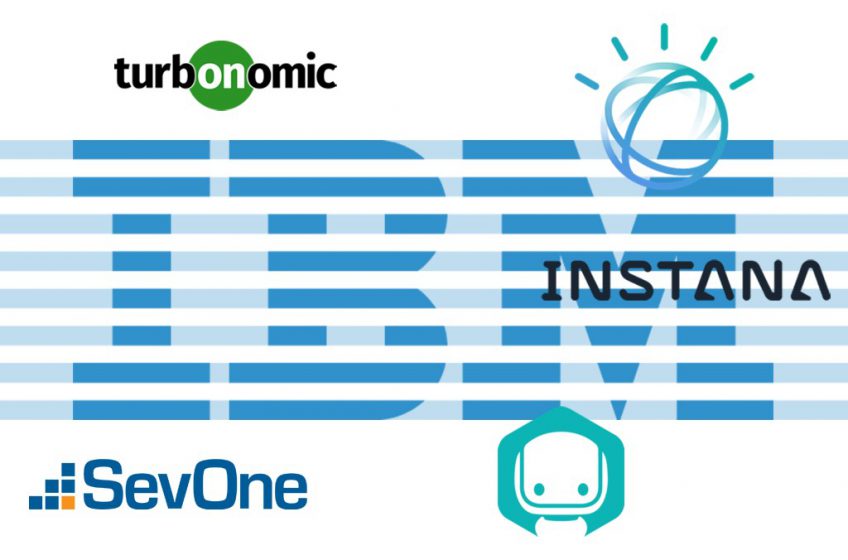In December 2020 I wrote an article on how the hybrid infrastructure management market was changing.
The following is the paragraph I included on IBM.
Technically at least IBM is putting together a significant set of capabilities, based upon an amount of Open-Source tooling integrated with existing Tivoli capabilities. They have also signalled their intent with their recent announcement of the acquisition of Instana and, if they could work out how to weave their Maximo asset management solution into their story, could become a key player outside their traditional base.
Following on from my attendance at IBM Consulting’s analyst summit in London in November (which deserves an article of its own) I was keen to follow up and understand more about the technology underpinning its drive to deliver low touch/no touch digital operations, particularly in relation to IT Operations, and see how it had developed over the last couple of years. So, just before Christmas I met up on-line with Gill Wiggins and Gerry Leitao from IBM Consulting, and Emmanuel Treny to hear more.
IBM certainly does have a significant set of capabilities, both through acquisition and in-house development. Instana is now the key IBM Observability tool. Additionally, the acquisition of Turbonomic has given it a key capability in Application Resource Management and the acquisition of SevOne has given it a very capable Network Performance Management (NPM) solution. The core function around which these offerings revolve and interact, it is the IBM Cloud Pak for Watson AIOps. This is very much an IBM developed solution. Looking under the covers you can see the level of use of, and commitment to, open-source tooling and products. These have been integrated with Watson AI functionality to provide a fully featured AIOps solution that meets the requirements for event correlation and automation required to deal with the huge amounts of monitoring data being collected in modern multi-cloud environments.
But what positions IBM differently from almost everyone else is its focus on, and ability to deliver, a genuine business services outcome-based approach to IT service delivery assurance. I think it is fair to say that this is in the early stage of implementation with some key customers. Pragmatically, IBM is focusing on some key vertical slices that run through a business, like “order to cash” for example and aligning IT performance and availability directly to the objectives and outcomes of the business process.
IBM has a pretty unique position in the market. It has lived and breathed the technology challenges of CIOs, and the business challenges of large enterprises and public sector organisations for decades. Many of its historical technology developments, in areas such as event streaming and message queuing for example, are now being used as the basis for, or as the inspiration for, modern cloud native, micro-services tooling. Every one of its customers is now dealing with the issues of technology modernisation and digital transformation and IBM has the depth of knowledge and expertise to help them.
Moving beyond its existing base, the challenge for IBM is both cultural and organisational. It has tools like Instana that should appeal to a much wider set of businesses, and also developer communities. IBM Consulting is powerfully placed to win in its traditional markets. However, this potential success may not generate the sort of exposure and sales that the IBM product groups need to help them breakout into the wider market.



